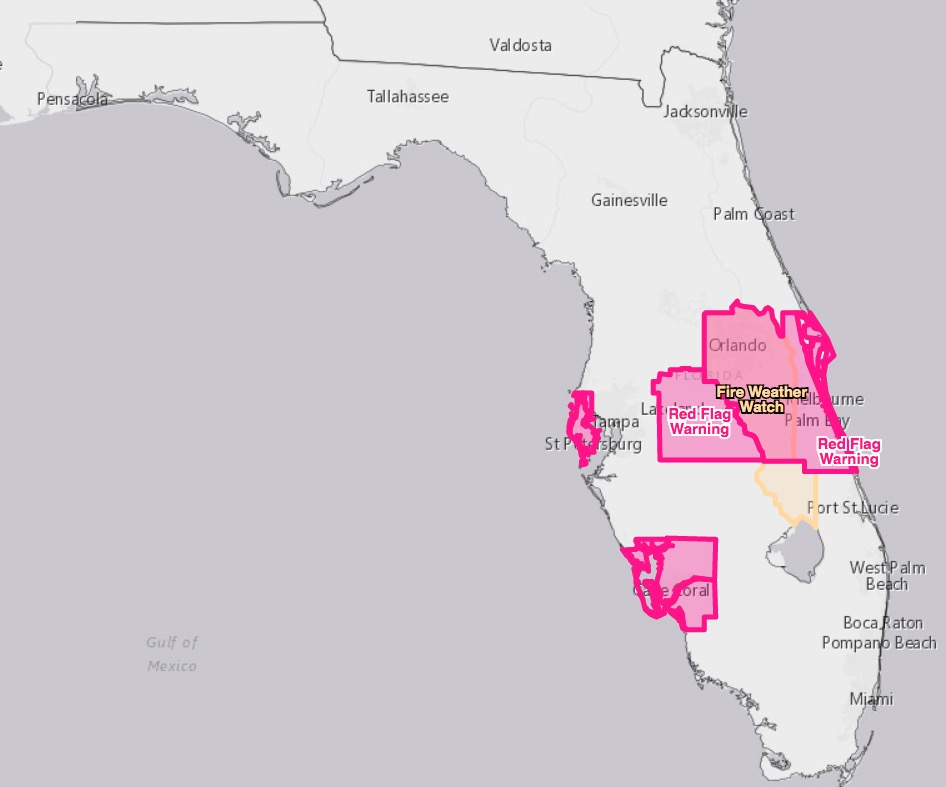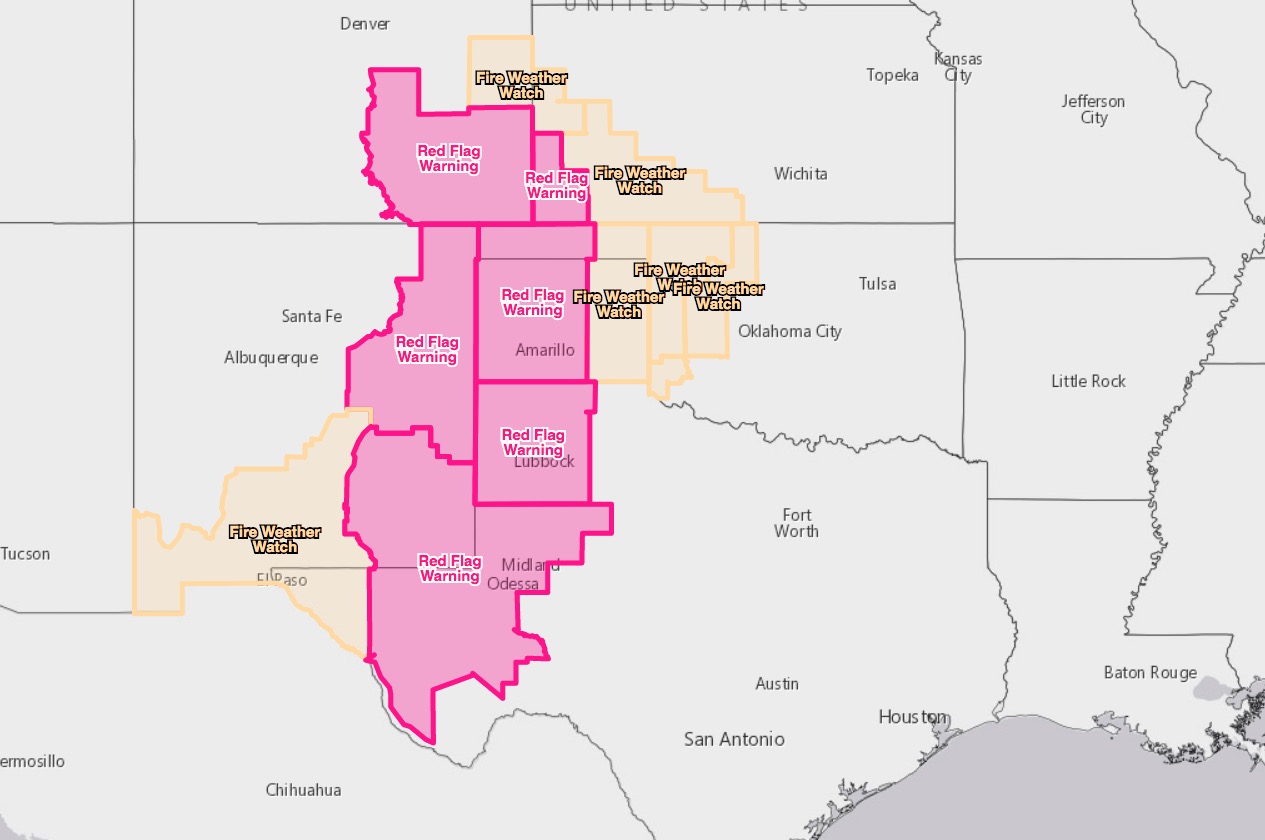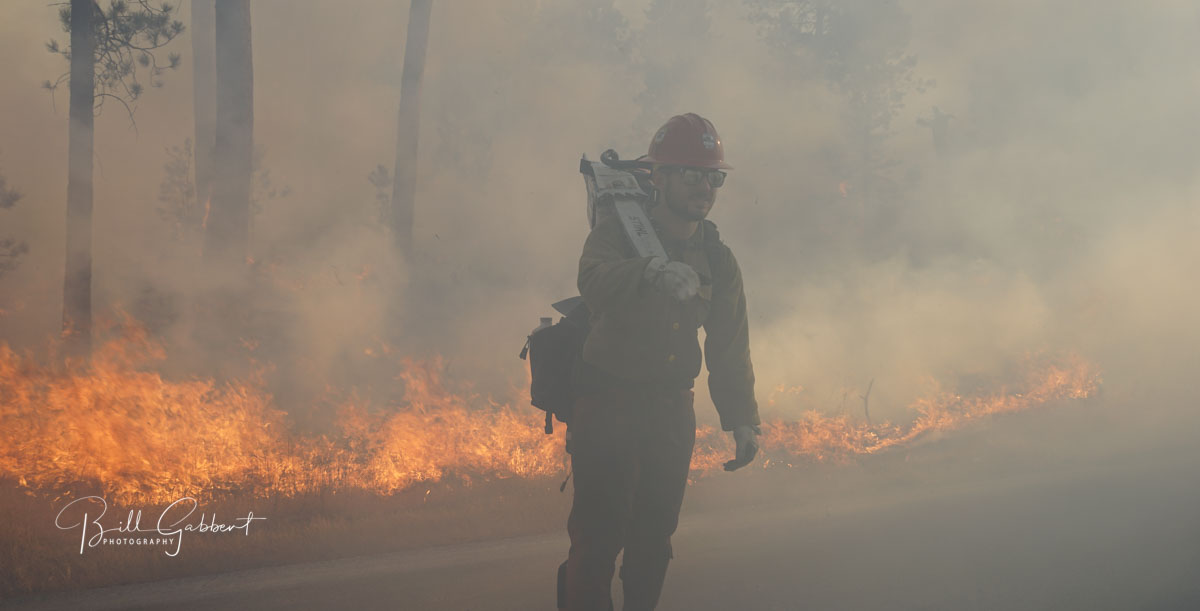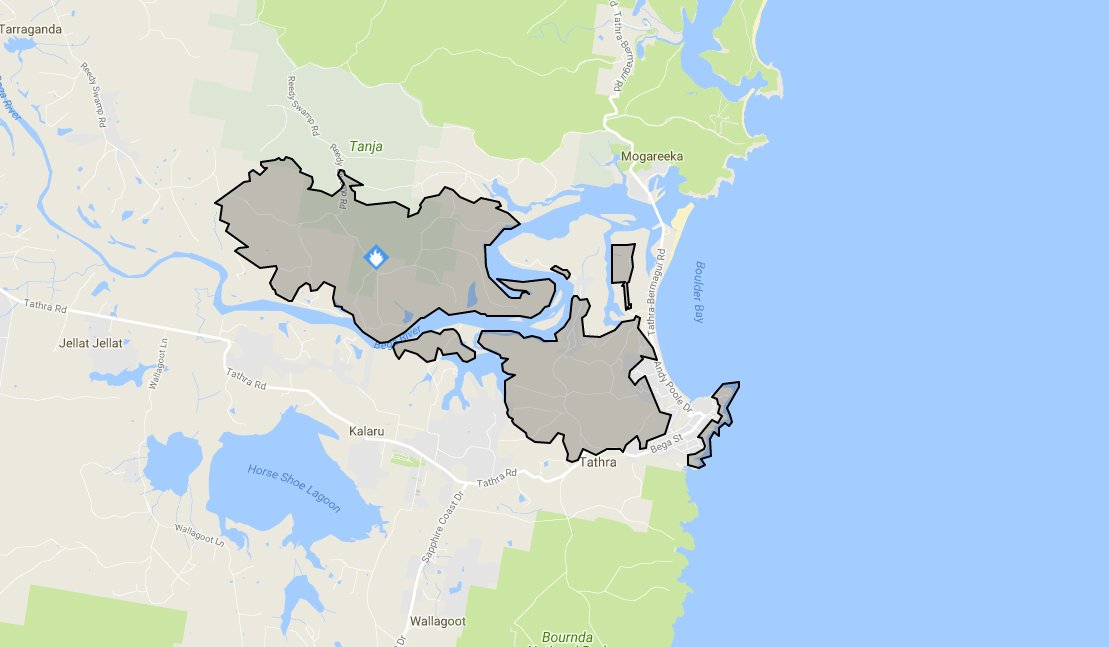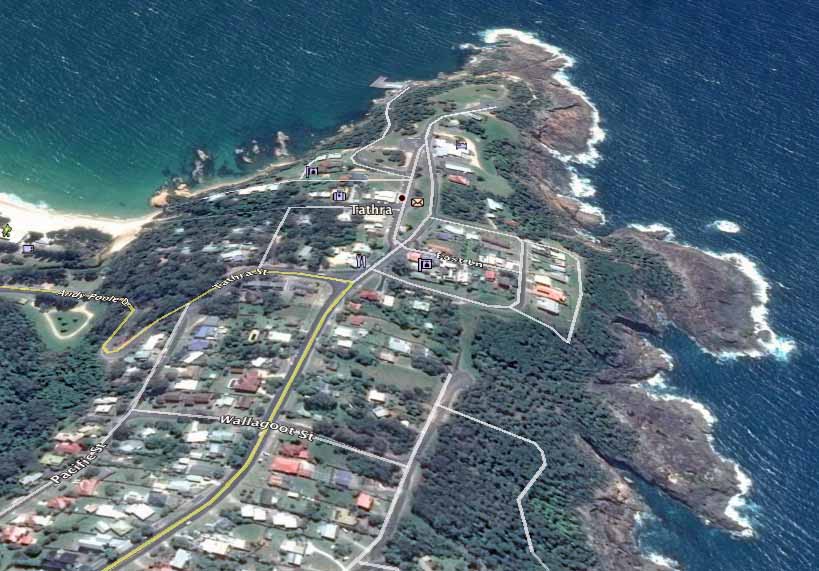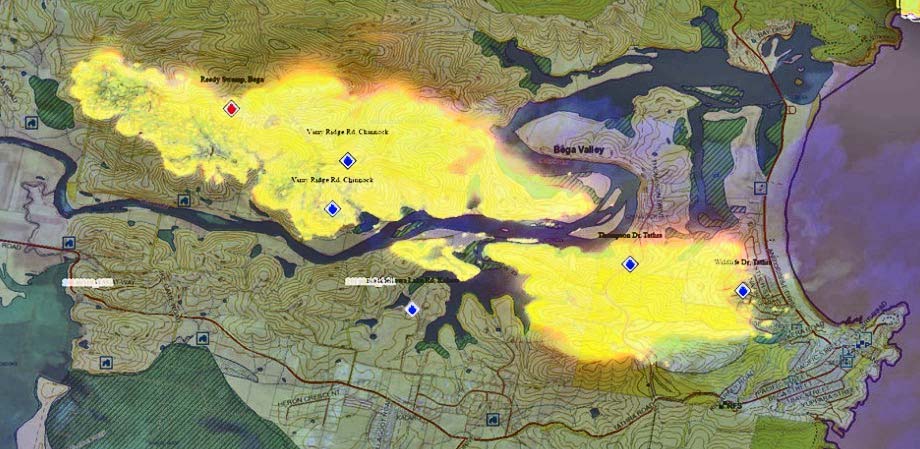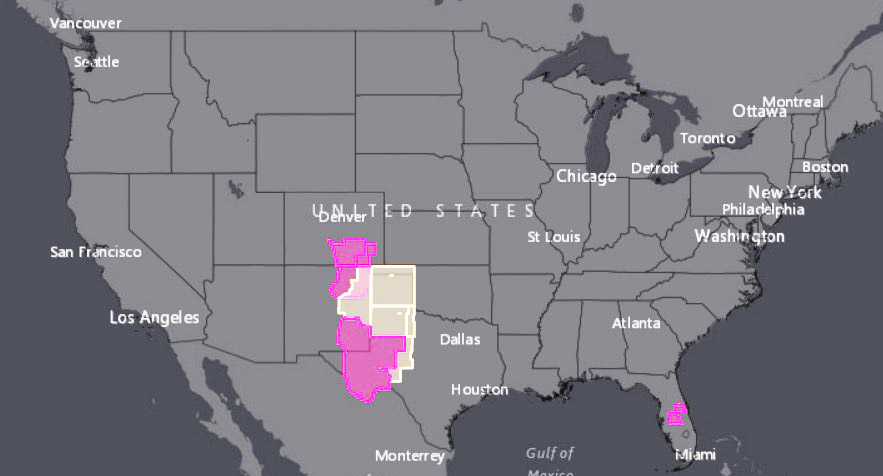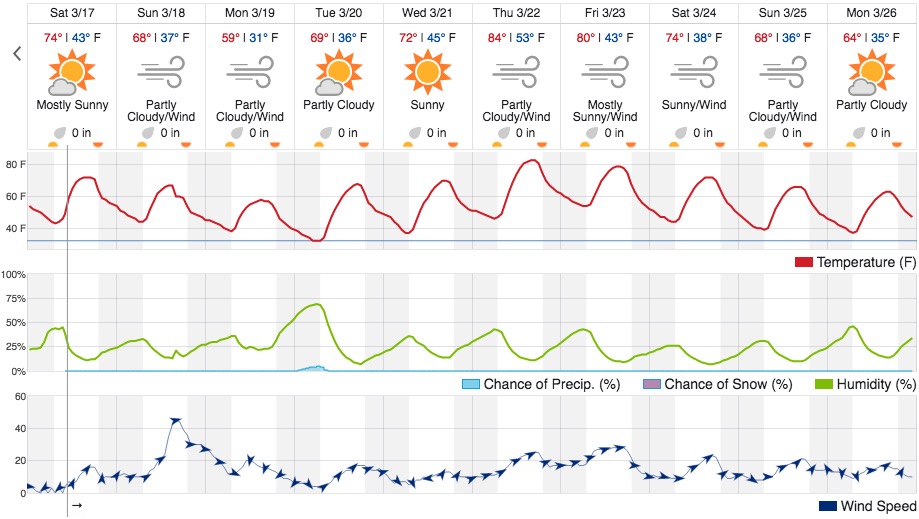The new system is included in the proposed omnibus legislation
Above: Thomas Fire, Ventura, California, Los Padres National Forest, 2017. USFS photo.
(Originally published at 8:09 a.m. MDT March 22, 2018)
After years of dithering, Congress appears to be on track to finally significantly change the way wildfires are funded, no longer robbing dollars from fire prevention or totally unrelated accounts to pay for emergency fire suppression. One insider in Washington calls it the long-anticipated “comprehensive funding fix”.
The changes are part of the omnibus legislation that likely will be voted on on Friday. The bill also funds most of the government, which will have to shut down Saturday if it does not pass. Of course anything could happen between now and then, but this is the closest we have been to a meaningful solution.
(UPDATE: the legislation became Public Law No: 115-141 on March 23, 2018. See section 102.)
If passed it would begin in fiscal year 2020 and run through 2027, improving the two aspects of fire funding that have created major problems:
- In years when fire suppression costs are very high, it would use a budget cap adjustment to fund a new account which will receive an extra $2.3 to $3.0 billion a year. The amount will increase by $100 million each year. This should reduce the need to rob money from unrelated accounts in bad fire seasons. Money from the account would only be used after funds from usual firefighting accounts are depleted.
- It will freeze the 10-year average computation of fire suppression costs at the 2015 level, $1.4 billion. This is even more important than the first change. Congress directs the Forest Service to fund the fire organization at the 10-year average of costs. That would be fine, except that the total budget for the FS remains the same year after year, while fire costs keep increasing. So even before the fire season starts, the agency has to take money from other accounts to give to fire management. And, this money is not later paid back, unlike the funds that are taken later in the year to pay for a bad fire season.
These TWO changes are why the insider calls this a “comprehensive funding fix”. Simply creating a new, unconnected account for emergency fire suppression would be only part of a solution.
But if the total budget for the Forest Service continues to be locked in at the same amount year after year, funding the fire organization at the 2015 10-year average is still going to be very difficult. The third part of the fire funding fix would be to stop cutting, in real dollars, the amount appropriated to the Forest Service.
Other provisions in the omnibus bill would increase the budget for the National Park Service by 8 percent and include $154 million to apply toward the $11.6 billion infrastructure repair backlog.
The legislation also reduces environmental analysis procedures on projects that treat hazardous fuels.
The press releases are flying as politicians praise, and in some cases, take partial credit for the changes in fire funding. The two Colorado Senators, Cory Gardner and Michael Bennet, are in favor of the changes:
“The pressures that wildfires have brought to the West, as well as the challenges of climate change and development, the antiquated way we pay for firefighting needed dramatic change,” Sen. Bennet (D) said in a news release. “This bipartisan fix transforms and modernizes the Forest Service’s capacity to restore forest health and mitigate and fight wildfires.”
Sen. Gardner (R) also said the funding bill will go a long way to help federal agencies tasked with fighting fires.
“Year after year, much of the West is forced to deal with horrible wildfires that burn millions of acres, and funding that should be applied to fire prevention and mitigation projects is instead spent by the Forest Service fighting these fires. Our provision will ensure the Forest Service has the necessary funding for cleanup and prevention efforts that will help reduce the amount of catastrophic wildfires the Forest Service has to fight,” Gardner said.
The Senators in Montana, Oregon, and Idaho issued similar statements.
